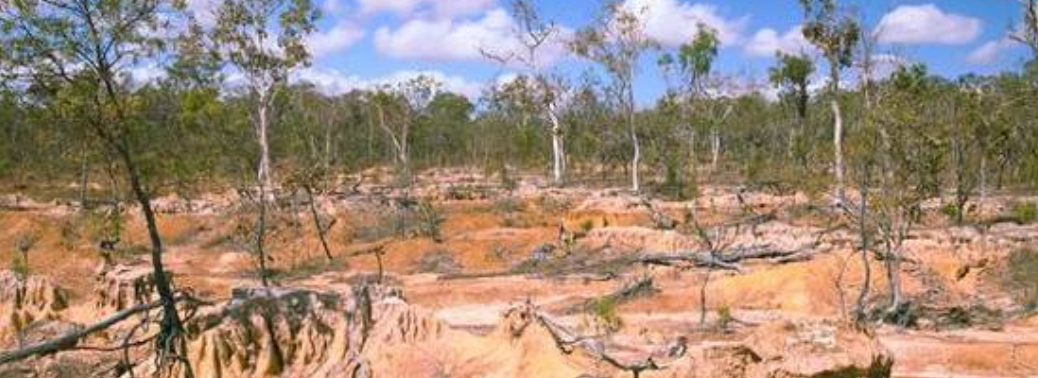RADIOACTIVE CESIUM TECHNOLOGY FOR MEASURING SOIL EROSION
27, Sep 2019

Prelims level : Environment- Conservation & Mitigation; Science & Technology
Mains level : GS-III- Conservation, Environmental Pollution and Degradation, Environmental Impact Assessment. GS-III- Science and Technology - Developments and their Applications and Effects in Everyday Life
Why in News?
- Indian scientists have now developed a method to measure the rate of soil erosion and associated decrease in organic content in soil by assessing levels of radioactive cesium in soil.
Radioactive Cesium Technology:
- Researchers at the ICAR-Indian Institute of Soil and Water Conservation, Dehradun have developed a way to monitor soil erosion and decrease in carbon content in soil by relating it with levels of radioactive cesium in soil.
- Carbon concentration is soil correlates with levels of isotope of cesium.
- Different sites were found to have varying levels of cesium pointing at different degrees of soil degradation in different sites.
- By applying various formulas, the cesium loss was then used to calculate erosion and associated carbon loss in soil.
- For measuring cesium levels in soil, gamma spectroscopy technique was used.
Significance:
- Radioactive cesium technology is a more rapid and less expensive method for soil erosion studies in the severely intensive croplands.
- It gives more accurate results for all types of erosion studies including historic, comparative and long-term soil and soil organic carbon erosion.
- This method can help in monitoring the effects of soil erosion and effectiveness of soil conservation strategies.
Why Monitor Soil Erosion?
- Soil supports plants, insects and microbial life and is formed by natural forces over a long period of time.
- Carbon reaches soil through the microbial action on withering plant parts and remains in soil, changing its physio-chemical properties and also enhancing its fertility.
- This way soil also sequesters carbon helping in regulating carbon levels in the atmosphere.
- Soil erosion, which involves disaggregation and displacement of soil, leads to decrease in its organic content and eventually its fertility.
- Natural and human activities are contributing to soil erosion and posing problems for both food production and climate change.
- Therefore, monitoring of soil erosion induced-carbon loss from soil is important.






